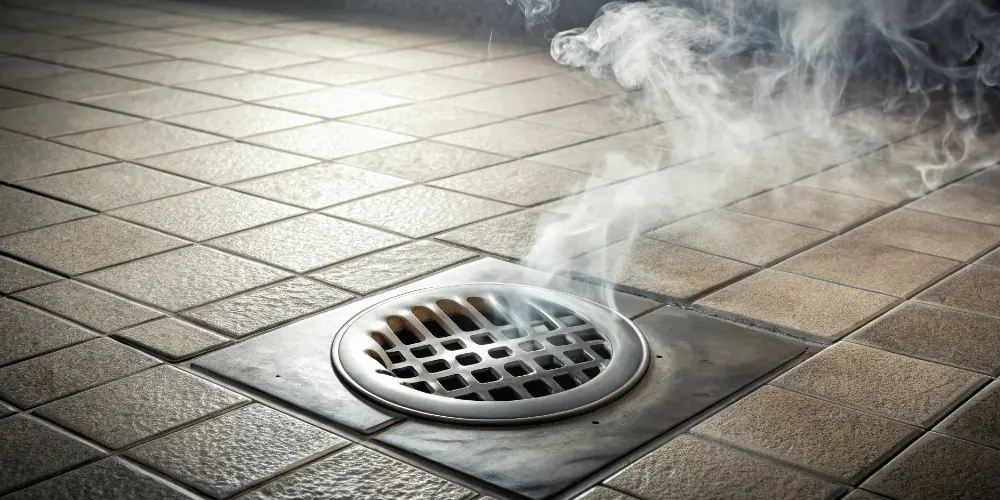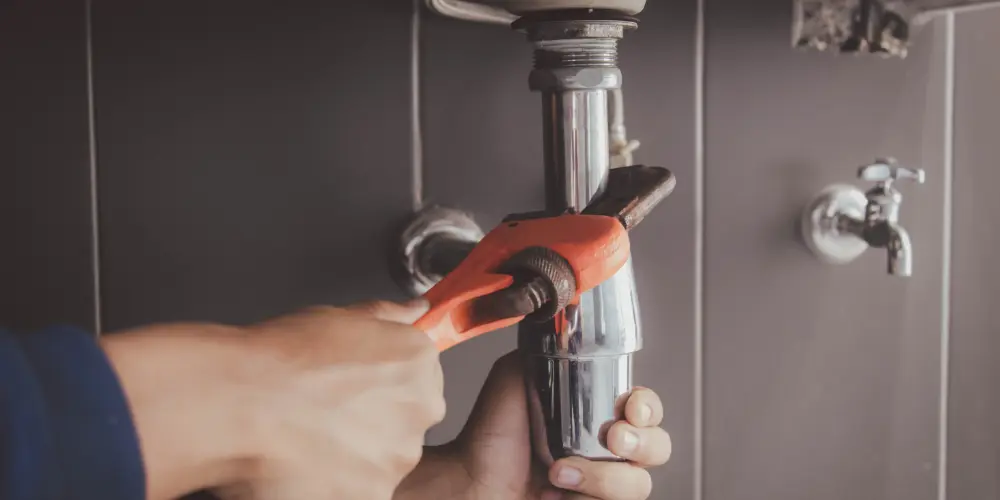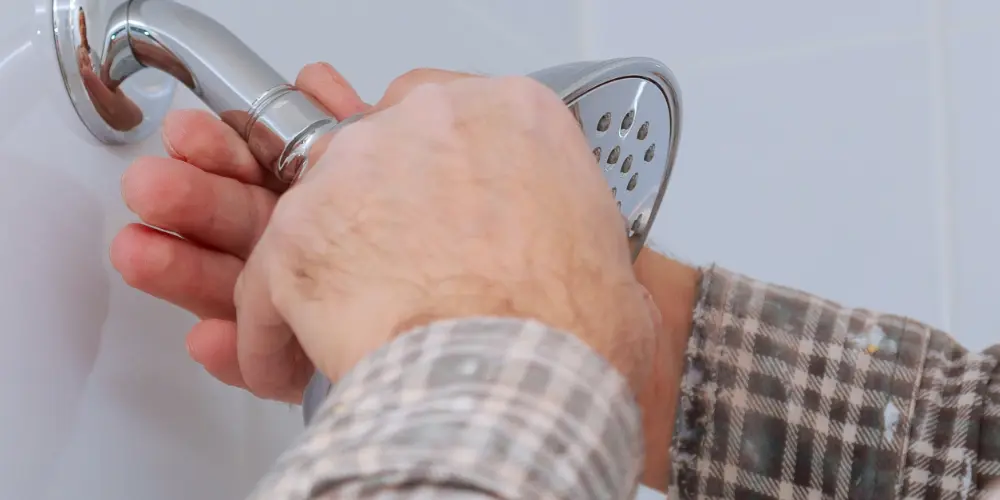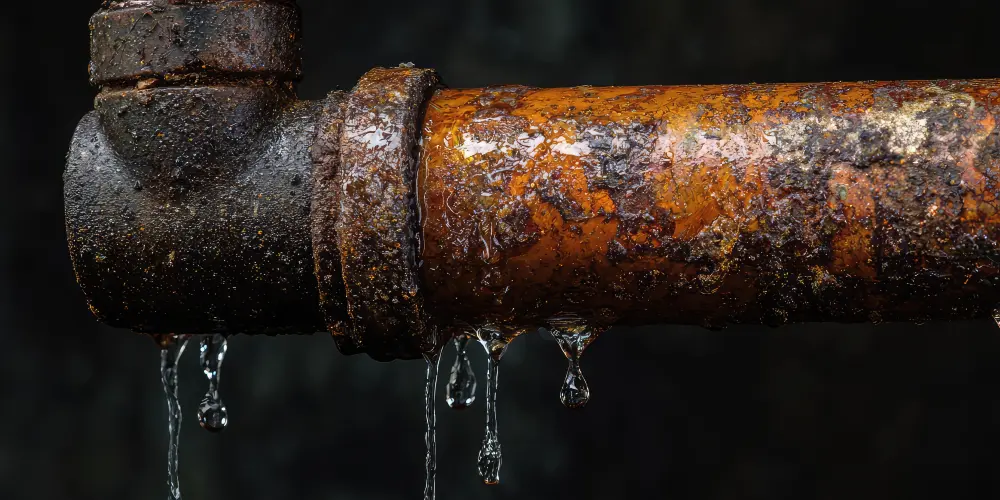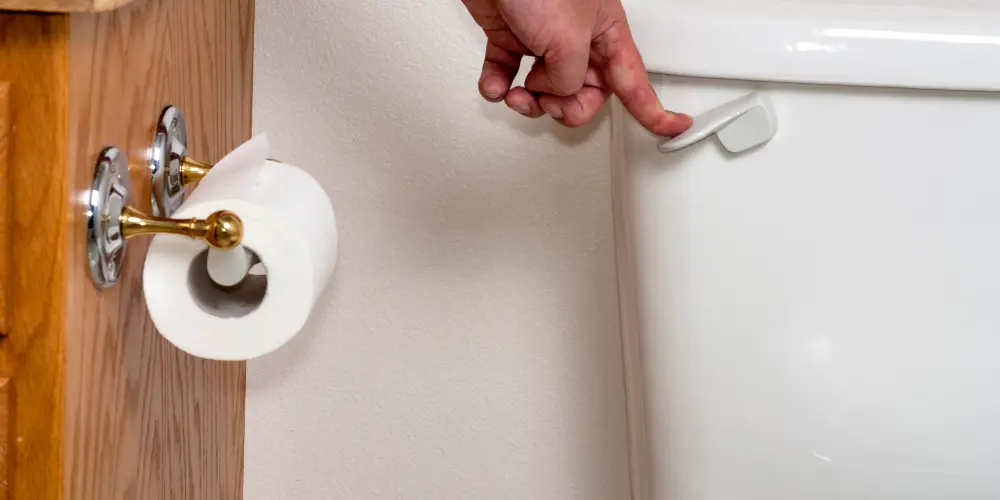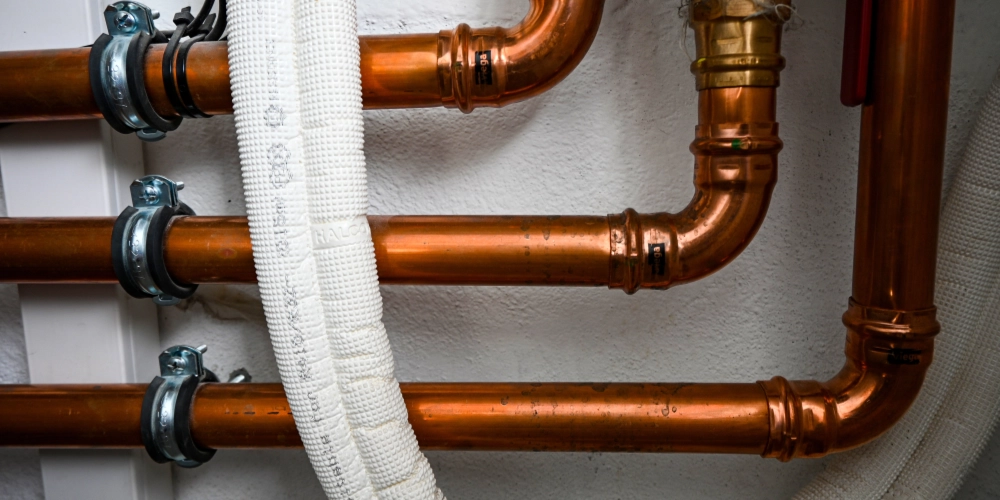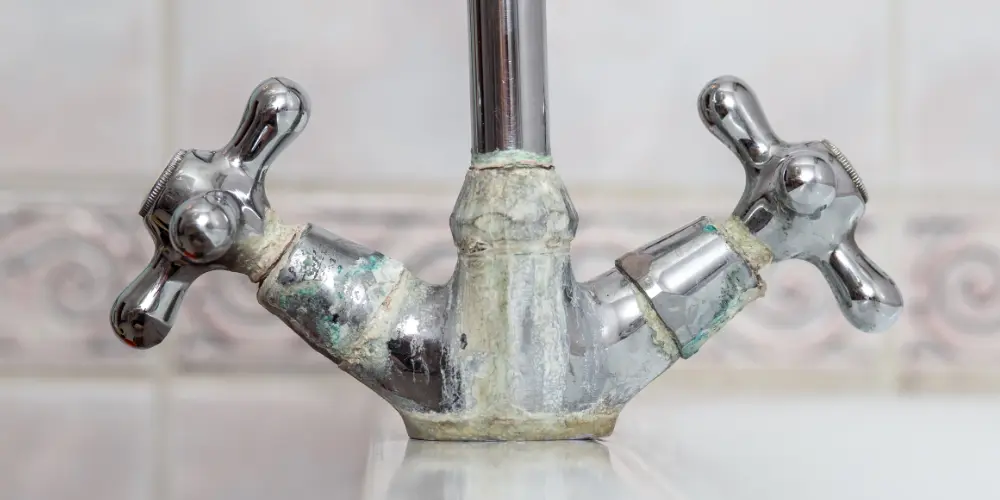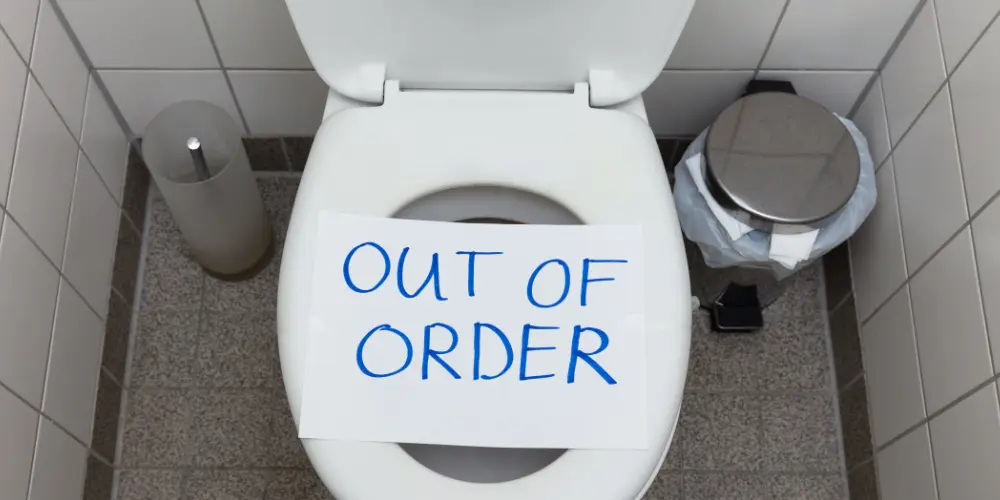All Things Plumbing & HVAC: The Orange Coast Plumbing Blog
Need to know what’s an emergency and which problems can wait? Which problems you can solve DIY? The Orange Coast Plumbing blog helps you understand common plumbing, heating, and air conditioning issues.
Sewer gas is a complex mixture of gases produced by decomposing organic refuse in sewer systems, septic tanks, or other waste-handling infrastructure.
It originates from the anaerobic breakdown of biological materials in human waste, food remnants, and other organic matter.
If your sink drain shows signs of wear and rust, it’s time for a replacement.
The good news? With patience and the right tools, you can tackle this job yourself. So prepare to roll up your sleeves and give your sink a new lease on life!
A leaking shower head is more than a nuisance. It could spike your water bill — all those little drips add up! — and provide a permanent moist environment for mold and mildew.
Fortunately, fixing this problem is usually straightforward — no plumber needed,
Pipe corrosion is one of the most costly problems homeowners face. It occurs when metal pipes deteriorate as they come into contact with water, air, or other substances. The pipe’s protective layer wears away, leaving the metal vulnerable to damage and decay.
This can lead to serious problems.
This guide will discuss the most common causes of flushing issues and provide step-by-step instructions for fixing them.
By the end, you’ll be the top flusher on the block, which is something you can post on your Facebook page.
DIY door repairs gone wrong mean, at worst, a door that won’t close all the way. On the other hand, a botched DIY plumbing repair could cause considerable water damage and costly repairs.
Before you grab your toolbox and jump into a plumbing project, ask yourself a few simple questions.
Repiping is the process of replacing the existing pipes in a home with new ones using materials like copper or PEX. It ensures a more reliable water supply, improved water quality, and fewer problems like leaks or low pressure.
Whether you’re a homeowner planning renovations, a DIY enthusiast eager for a new project, or a real estate investor updating properties, these plumbing upgrades can make your home stand out and close the deal.
Calcium buildup manifests as a chalky white residue on faucets and shower heads. Over time, it can reduce and even block the water flow in your home. It can also make your fixtures look dull and unsightly.
Thankfully, removing calcium buildup is a relatively simple DIY task.
An overflowing toilet is one of life’s inevitable misfortunes, especially if you have children. But when that toilet overflows as regularly as a bus on a schedule, it’s not just a matter of too much paper stuffed down the drain. Something else is going on.
Oh, the thrill of a new home. There’s more square footage than you had before, a room for your hobbies, a room for your junk, and an extra bathroom for the morning rush.
But are you sure about the plumbing? Even brand-new homes can have plumbing problems if pipes are installed shoddily.
Your toilet flushes, and the sink gurgles.
It’s like a call and response, albeit an unwanted one.
Should you be worried? Is something wrong with your plumbing, or is it just a normal part of bathroom life?

